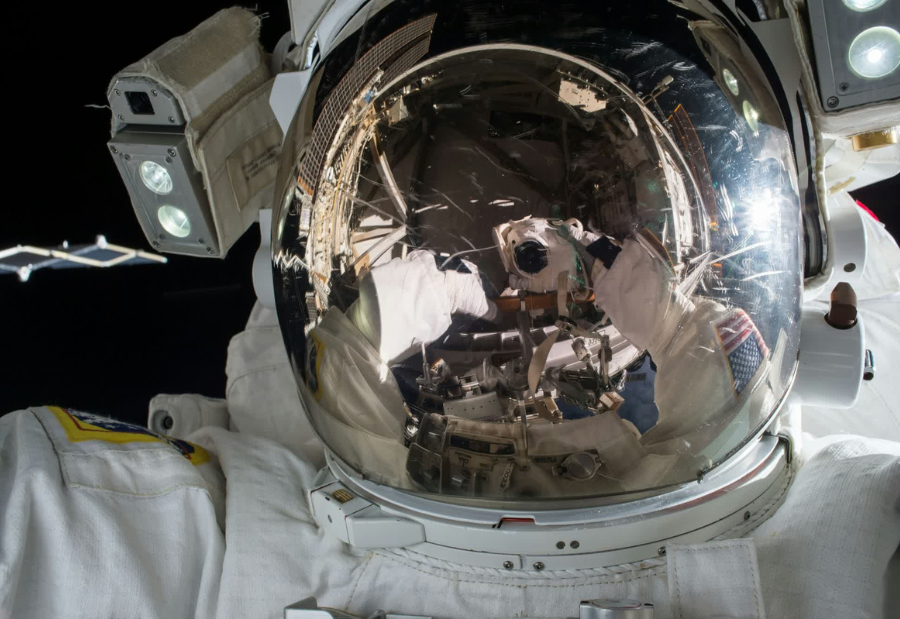NASA and Google are developing an artificial intelligence-powered medical assistant to support astronauts during long space missions, starting with NASA’s Artemis programme to return to the moon.
The tool, known as the Crew Medical Officer Digital Assistant (CMO DA), is currently a proof-of-concept AI designed to help astronauts diagnose and treat health issues when no doctor is onboard or when communication with Earth is limited. Powered by Google AI trained on spaceflight literature, the system aims to assist crew medical officers or flight surgeons in keeping astronauts healthy. It provides real-time analysis of crew health and performance, enabling medical decisions based on data and predictive analytics.
The AI assistant is being tested through simulated scenarios and assessed using a clinical framework that evaluates medical students. In early trials, it achieved a diagnostic accuracy of 88 per cent for ankle injuries, 80 per cent for ear pain, and 74 per cent for flank pain. “Early results showed promise for reliable diagnoses based on reported symptoms,” according to a blog post. NASA and Google are now working with doctors to further test and refine the system to improve autonomous crew health and performance during future space exploration.
The project is being carried out under a fixed contract with Google Public Sector, which provides cloud computing, application development infrastructure, and model training. NASA owns the application’s source code and will be involved in finalising the models. Vertex AI offers access to both Google’s own and third-party AI models.
Future versions of the system will integrate real-time data from onboard medical devices and detect health conditions specific to space travel, such as the effects of microgravity on the human body. NASA also aims to use this technology to improve healthcare delivery in remote areas on Earth.
This is not NASA’s first AI initiative. Earlier this year, its Jet Propulsion Laboratory tested Dynamic Targeting, an AI system that allows Earth-observing satellites to decide within 90 seconds where to point their cameras, without human input. Developed over more than a decade, the system mimics how humans interpret images.
Also read: Viksit Workforce for a Viksit Bharat
Do Follow: The Mainstream formerly known as CIO News LinkedIn Account | The Mainstream formerly known as CIO News Facebook | The Mainstream formerly known as CIO News Youtube | The Mainstream formerly known as CIO News Twitter |The Mainstream formerly known as CIO News Whatsapp Channel | The Mainstream formerly known as CIO News Instagram
About us:
The Mainstream formerly known as CIO News is a premier platform dedicated to delivering latest news, updates, and insights from the tech industry. With its strong foundation of intellectual property and thought leadership, the platform is well-positioned to stay ahead of the curve and lead conversations about how technology shapes our world. From its early days as CIO News to its rebranding as The Mainstream on November 28, 2024, it has been expanding its global reach, targeting key markets in the Middle East & Africa, ASEAN, the USA, and the UK. The Mainstream is a vision to put technology at the center of every conversation, inspiring professionals and organizations to embrace the future of tech.




